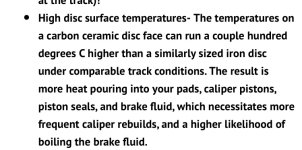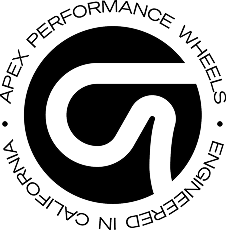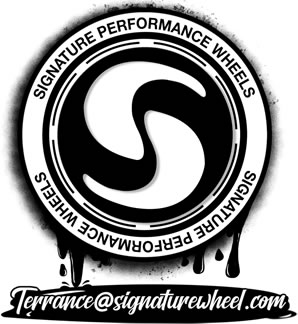MatthewAMEL
Seasoned Member
They may last as long, which isn’t very long. 15 days. That’s a lot of money per day when you look at CCB rotor costs. I’m sure there will soon be other pad offerings as there always are from aftermarket companies that are track only pads with better braking ability and zero fade for the steel. As soon as I get mine in a month or so I intend on bringing it to the track and finding out if the steels actually do fade at all. I’ve seen zero information that would indicate they do. The only tidbit I’ve found was that the former stig who reviewed the car for TFL said GM told him the braking performance between the ccb & steel are the same & the only thing you’re gaining from a track use perspective is lower unsprung weight
Part of this comment is worrisome. You can fade street brakes on the road. Doesn't take a track. Lots of guys find out the hard way when doing 'canyon runs' or something like Tail of the Dragon. Important to understand there is pad fade and fluid fade. CCBs eliminate both.
It's a 4,000lb car. I promise if you drive 9/10th for 20 minutes, you are going to find the limit on any track.
I track my SS 1LE 10-12 times per year (2-day events), including Time Trials and can usually get 2 seasons out of my rotors.
As I stated in my post above, my main reasons for going CCB are no fade worries and the lower unsprung weight. Everyone will have their own use case that determines for them.
Your GM context was in regard to stopping distance, not longevity. No one from GM would claim that the Iron and CCBs have the same fade characteristics.






